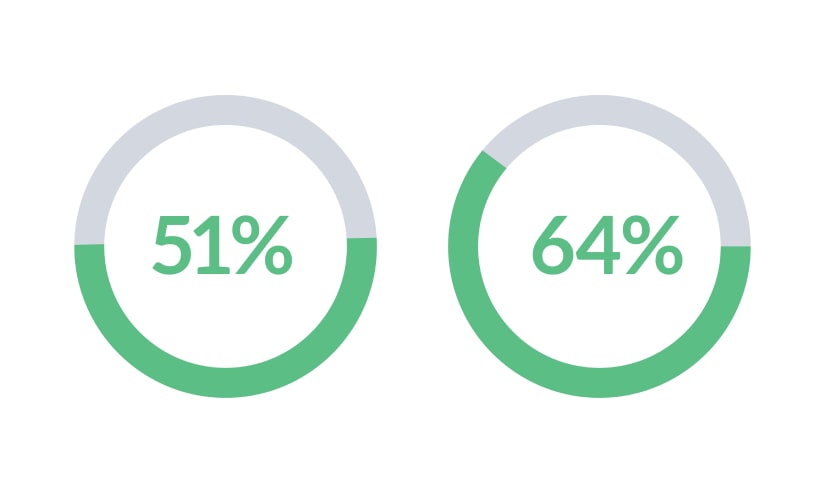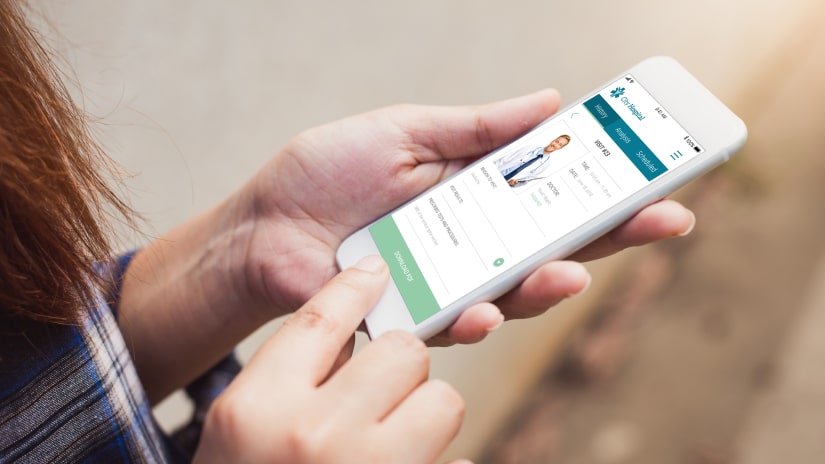-
HEALTHCARE
UX DESIGN
Best Practices for Patient Portals to Improve Patient Engagement

Patient Portal is connected to the Electronic Health Record (EHR), which gives patients a look into data related to their health. These include lab results, physician notes, their health histories, discharge summaries and immunizations. Some patient portals go beyond to a stage where patients can only view their data. These portals include features such as direct secure messaging, online appointment scheduling, online bill payments, prescription refill requests and sometimes even data update capabilities.
Involving a patient to use the portal is to design it in such a way which will boost patient engagement. If the portal is clunky and difficult to navigate, the patient gets discouraged.
Most of the patients are not aware of medical terminology included in their health information. Thus, for a portal to be effective it should have easy-to-understand visuals.
USAGE OF PATIENT PORTALS
Patient Portal is becoming increasingly popular throughout the healthcare industry. National Coordinator for Health Information Technology (ONC) report says 64% of the hospitals gave access to their patients. Their patients can view, download and transmit their health data. Apart from this, 51% had the ability to secure message with the doctors.

_______________________
A recent HIMSS Survey said that 58% of medical practitioners connect with their patients via mobile-optimized patient portals.
_______________________
The popularity of the patient portal is increasing day by day and this is all for a good reason. By developing a good understanding of all that a patient portal can do, you can design a portal which will help boost patient engagement. While designing a patient portal make sure that it provides the highest quality experience to your patients. This can be done by –

Making the portal mobile-friendly: The way to increase the patient engagement with the portal is to make the portal mobile-friendly. Nearly two-thirds of patients prefer to review their health information and make appointments from their mobile devices.
Enhanced user experience: Clunky portals can discourage patients from using it. The clear navigation system enables a patient to easily find what they are looking for, thus the portal should have a proper navigation system. If the medical terminology is presented in layman’s language then patients will be able to fully understand all the information. Use of visuals such as charts and other infographics can help translate the information into simple language for the patients.
Additionally, the portal should make it easy for the patients to sign up. One example of this could be allowing the patients to use their email ID rather than creating an entirely new username.
You may also like: Design Standards to save lives – UX in Healthcare
Scheduling an appointment: The option of scheduling an appointment over the portal should be seamless for the user. Making this process hassle-free can improve the overall patient experience.
Secure Messaging: Another way to enhance patient engagement is secure messaging, wherein patients can connect directly with their healthcare professionals and ask questions about their health without having to schedule an appointment. Notification features can engage the patients with the portal. When they have new messages or updates they can view the same without logging into the portal.
Integrating the portal with Electronic Medical Records (EMRs): EMR, when associated with the patient portal, can automatically update your medical records.
Training and educating the patients about Patient Portal Availability: Making the patient portal available would not be enough if the patient’s don’t know it exists. Educating the patients about the availability of the patient portal can be done by-
Especially contacting and informing those patients who would potentially get benefited most from the portal. For example, those with chronic conditions or those who have undergone a lot of therapies and treatment can be encouraged to use the portal.
Handling pamphlets to patients as they check out of appointments. Explaining to them the benefits they can get from using the portal.
Send emails to patients inviting them to sign up for the patient portal.
Patients will have more engagement with the patient portal when they have better outcomes. Make sure your patient portal encourages the patients to use it. In turn, the portal should keep the patient engaged to avoid any sort of boredom.







